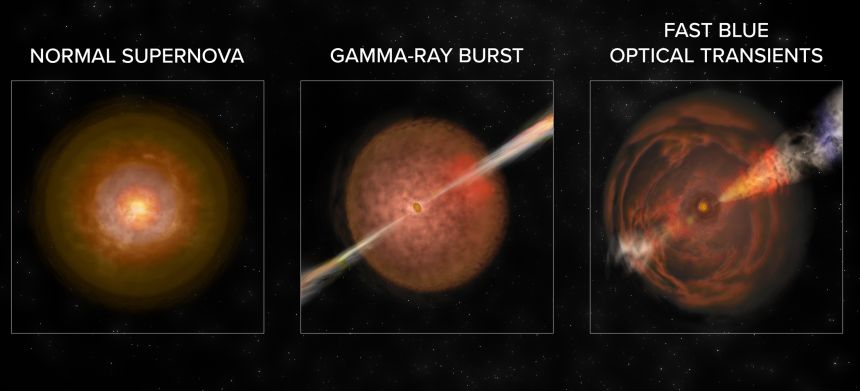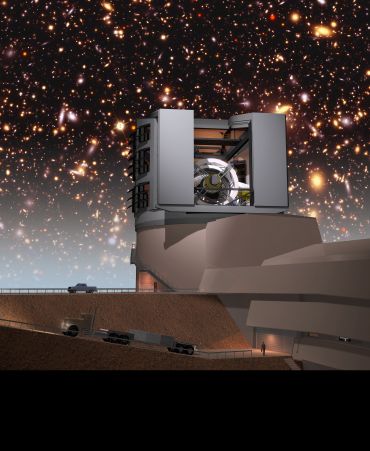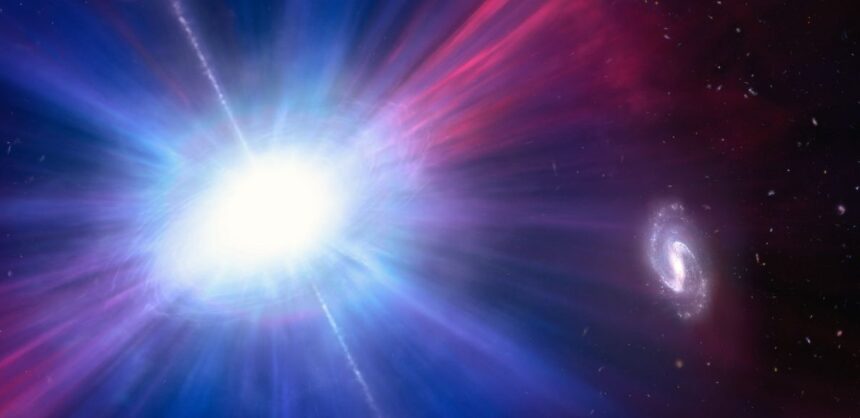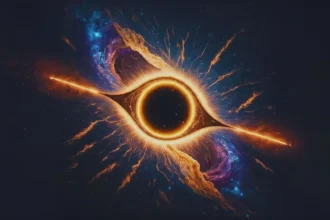In a groundbreaking revelation, astrophysicists at the University of Oxford have played a pivotal role in uncovering an extraordinary celestial event—an intensely bright and peculiar explosion in a galaxy located a staggering 4.4 billion light-years away. The revelations surrounding this cosmic phenomenon have been documented in the prestigious journal Nature, sparking fervent discussions within the scientific community.
It is a remarkable and unexpected discovery, but the fact that the flares were detected by a number of instruments proves it is a real, astrophysical phenomenon. The fast variability of the flares indicates that an object of small size is producing them, probably a black hole. We hope more theoretical work will enable us to understand this emission better.
Professor Stephen Smartt, Department of Physics, University of Oxford.
Mysterious Celestial Flares: A Novel Discovery
Professor Stephen Smartt, from the Department of Physics at the University of Oxford, expressed his awe at this unexpected discovery. The bright flares, detected by multiple instruments, have left scientists puzzled yet intrigued. The rapid variability of these flares points towards a small-sized object, possibly a black hole, as the source. Professor Smartt emphasizes the need for further theoretical exploration to unravel the intricacies of this cosmic emission.
Fast Blue Optical Transients: A Cosmic Enigma
Since their initial detection in 2018, fast blue optical transients (FBOTs) have captivated astronomers with their intensely hot explosions—a spectacle in outer space among the brightest optical phenomena known. The recent discovery of AT2022tsd, dubbed the “Tasmanian Devil,” has added a layer of complexity to the FBOT mystery. Unlike typical supernovae, FBOTs exhibit rapid evolution, reaching peak brightness and fading within a matter of days. They also outshine supernovae, boasting 10 to 100 times the luminosity.
Unprecedented Behavior of AT2022tsd
On September 7, 2022, AT2022tsd made its entrance with an even more remarkable twist. Rather than following the conventional fade after the initial explosion, it exhibited multiple peaks over remarkably short timescales, akin to a “candle stuttering in outer space,” as described by Professor Smartt. Each flare was energetically intense, comparable to the luminosity of supernovae.
Global Collaboration in Discovery
AT2022tsd was first spotted during a routine optical survey by the Zwicky Transient Facility at the Palomar Observatory in California. Its discovery was subsequently confirmed by various observatories worldwide, including data from the Pan-STARRS telescope survey in Hawaii. Professor Smartt, leading the search for distant explosions with Pan-STARRS, and his team diligently analyzed data, leading to the recording of 14 flaring events over 100 days with a network of 13 telescopes across the globe.
Theories Behind the Flares

Researchers propose that these intense flares may be a result of material ejections accelerated to near-light speeds, known as relativistic jets. These jets are believed to form when material interacts with the magnetic field of compact objects like neutron stars or black holes. Professor Smartt suggests that computer simulations indicate the potential formation of jets when material falls toward a black hole, creating a spinning circular structure called an accretion disc.
Exploring Theoretical Possibilities

Dr. Andrew Mummery, an expert in the physical theories describing the accretion process around black holes at the University of Oxford, highlights the importance of detailed observational campaigns. He emphasizes that phenomena like AT2022tsd provide crucial insights for theorists grappling with fundamental questions about the formation of black holes and their interactions with massive stars.
Continued Exploration and Collaboration
Professor Smartt, known for discovering the first FBOT, AT2018cow, expresses ongoing dedication to the search for such objects. Collaborating with colleagues at the University of Hawaii, the team contributes to NASA all-sky surveys and utilizes the world’s largest survey facility, the Rubin Observatory in Chile. The pursuit of understanding the physics and origin of these remarkable cosmic events remains a collaborative effort between observational and theoretical astrophysicists.
Conclusion
The discovery of AT2022tsd and its unprecedented behavior marks a significant milestone in the exploration of cosmic phenomena. As astrophysicists delve deeper into the mysteries surrounding FBOTs, the collaborative efforts of researchers worldwide promise to unveil the secrets hidden within the vast expanse of our universe. The study, titled ‘Minutes-duration Optical Flares with Supernova Luminosities,’ published in Nature, stands as a testament to the relentless pursuit of knowledge in the field of astrophysics.











